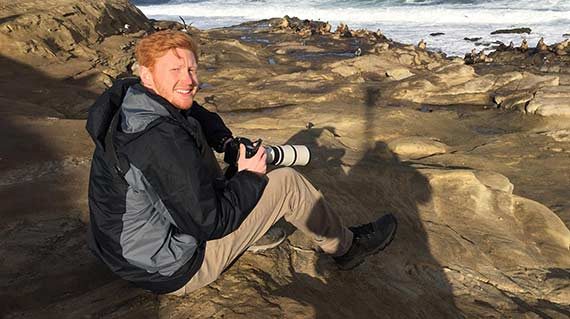
Your Guide: Jacob Roalef
Tours: Alaska, Arizona, California, Colorado, Florida, Maine, Minnesota, Ohio, Texas, Wyoming, Birding Ecotours (Worldwide)
On this Ohio birding tour, we have a realistic chance of finding nearly every eastern wood warbler, plus so many other migrants and residents. These New World warblers are arguably America’s most iconic and beautiful birds and one of the big reasons for world birders to visit the USA. This is the ideal tour to see them, often at eye-level, feeding to fuel their migration or on established breeding grounds. The birds are in bright, freshly molted spring plumage and are looking their snazzy best at this time of year.
Ohio is a surprisingly underrated birding state, full of diverse habitats and migrant traps. The northern and southern portions of Ohio are quite different, each providing unique birding opportunities and species to enjoy. The southern portion hosts some incredible prairies as well as vast, beautiful old-growth forests in the foothills of the Appalachian Mountains. It is also the northernmost extent of several breeding birds, which use these amazing habitats in the spring and summer to the fullest. These include Prairie Warbler, Worm-eating Warbler, Kentucky Warbler, Blue Grosbeak, and Yellow-breasted Chat, to name just a few.
Northern Ohio is bordered by the great Lake Erie, creating expansive freshwater marshes. The birding in this area has been made famous by the Biggest Week in American Birding Festival hosted by our friends at the Black Swamp Bird Observatory. The lake is like a freshwater ocean, creating a similar obstacle for migrating birds, as they migrate along its shores before making the risky water crossing at its narrowest point. Luckily, the shorelines are full of fantastic nature preserves, parks and refuges, with great birding trails, including the world-famous Magee Marsh Wildlife Area. As birds migrate north and encounter the huge body of water, they put down into the trees along the shore to rest and feed before attempting to cross the unknown. This creates a massive build-up of birds with one mission: to fuel up before crossing the lake. Many of them take the shortest water crossing to Point Pelee, where they arrive tired and hungry; you can enjoy these incoming migrants on our custom tours here.
This tour highlights and targets 30+ species of wood warblers in the eastern United States by showcasing a wide array of habitats in Ohio and the true spectacle of spring migration in this fantastic birding state. We will begin in Cincinnati, Ohio, with a visit to some of its pristine local Metroparks before heading off to Shawnee State Park. The forests here are typically teeming with birds and we will target the southern specialties on the trip. After this we make the trip north for a few days of migration at Magee Marsh and surrounding parks with possible stops in Chillicothe and Columbus along the way. After some time with the jaw-dropping warbler views from the Toledo area we will head to the airport in Detroit, Michigan to wrap up our successful bird-packed adventure. When it’s all said and done, you should expect to have seen 180+ species, although we’ll most likely be pushing close to 200 eastern US birds!
It’s not all about warblers and other passerine migrants though. The north of Ohio also has some fantastic shorebird habitat, which supports tremendous numbers of birds on their journey to their breeding grounds in Canada. These beautiful birds are normally molting into their dapper breeding plumages and include Stilt Sandpiper, Short-billed Dowitcher, Wilson’s Phalarope, and upwards of 15 others.
We are partnering with the Golden Gate Bird Alliance for our 2024 tour and are excited to share this trip with their members as well.
Duration: 8 days
Limit: 6 – 8
Date: 08 May – 15 May 2026
Start: Cincinnati, OH
End: Detroit, MI
Price:
US$3,580 per person sharing assuming 4 – 8 participants
Single supplement: US$770
We can run the same trip at a price similar to the larger group price for 2 tour participants, if they rent their own vehicle and pay for fuel – please e-mail [email protected] for details.

Tours: Alaska, Arizona, California, Colorado, Florida, Maine, Minnesota, Ohio, Texas, Wyoming, Birding Ecotours (Worldwide)
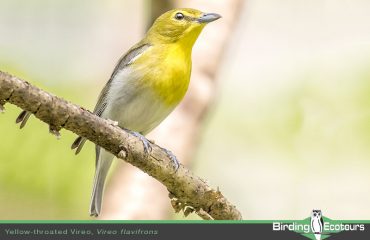 Yellow-throated Vireo
Yellow-throated Vireo
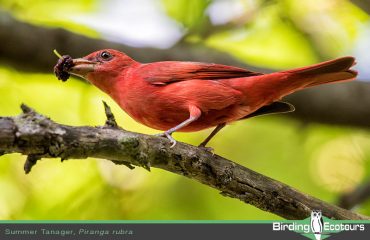 Summer Tanager
Summer Tanager
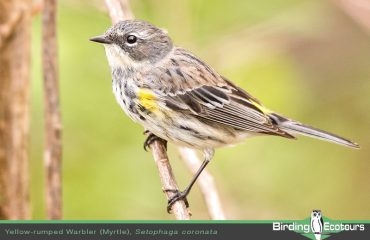 Yellow-rumped Warbler
Yellow-rumped Warbler
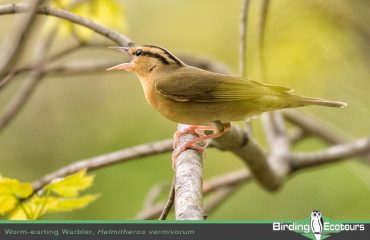 Worm-eating Warbler
Worm-eating Warbler
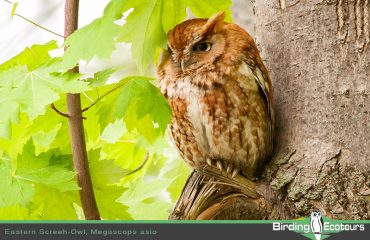 Eastern Screech-Owl
Eastern Screech-Owl
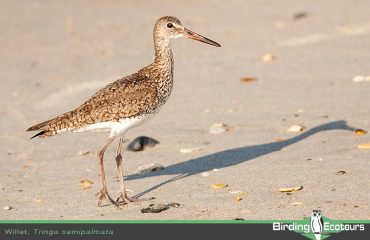 Willet
Willet
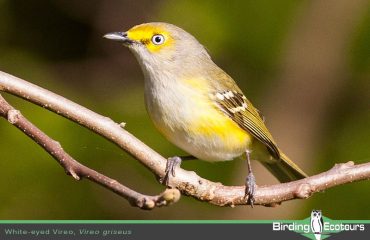 White-eyed Vireo
White-eyed Vireo
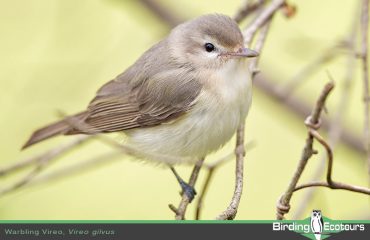 Warbling Vireo
Warbling Vireo
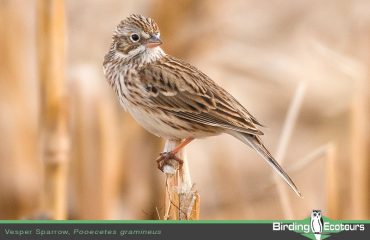 Vesper Sparrow
Vesper Sparrow
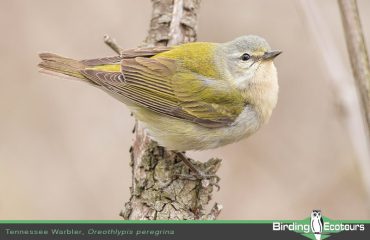 Tennessee Warbler
Tennessee Warbler
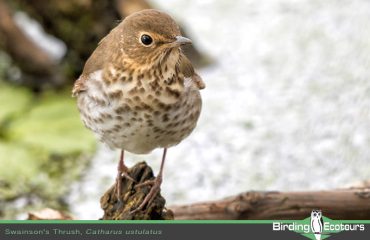 Swainson's Thrush
Swainson's Thrush
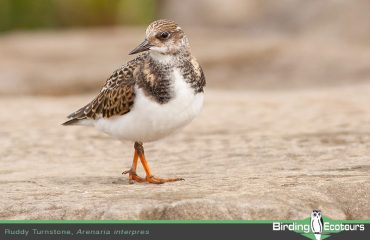 Ruddy Turnstone
Ruddy Turnstone
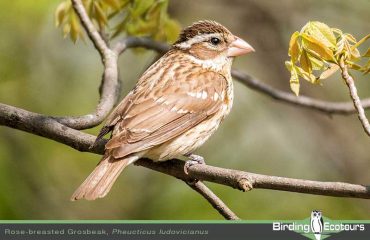 Rose-breasted Grosbeak
Rose-breasted Grosbeak
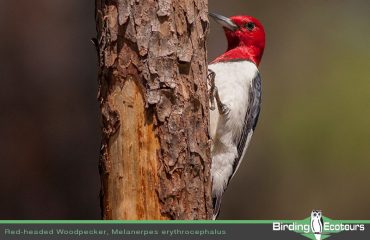 Red-headed Woodpecker
Red-headed Woodpecker
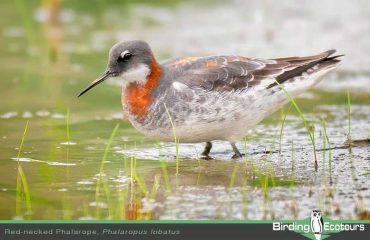 Red-necked Phalarope
Red-necked Phalarope
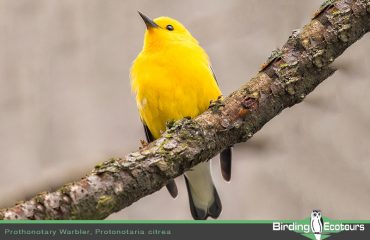 Prothonotary Warbler
Prothonotary Warbler
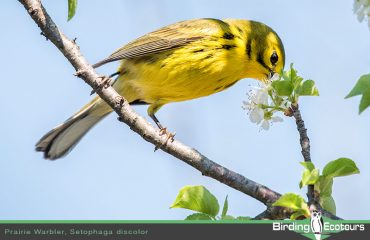 Prairie Warbler
Prairie Warbler
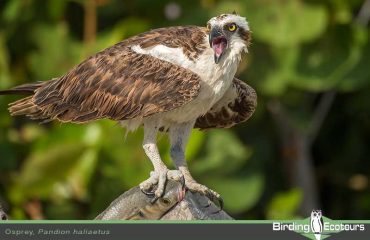 Osprey
Osprey
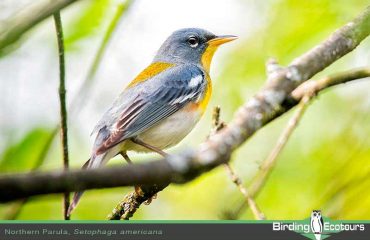 Northern Parula
Northern Parula
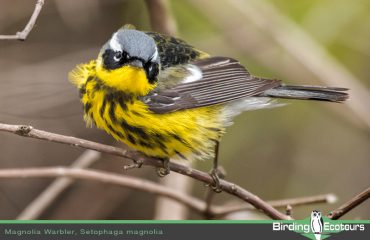 Magnolia Warbler
Magnolia Warbler
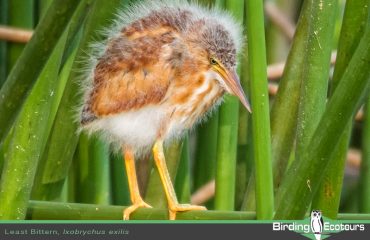 Least Bittern
Least Bittern
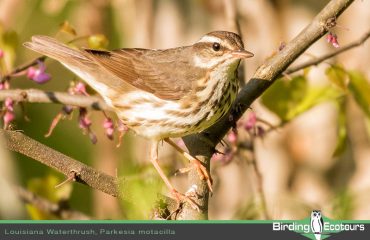 Louisiana Waterthrush
Louisiana Waterthrush
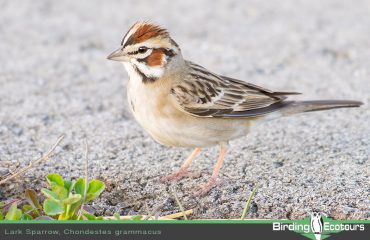 Lark Sparrow
Lark Sparrow
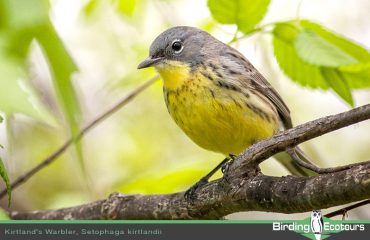 Kirtland's Warbler
Kirtland's Warbler
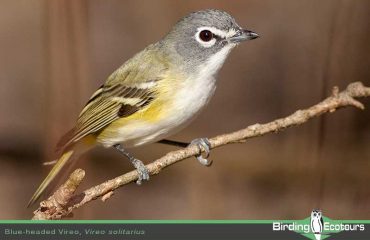 Blue-headed Vireo
Blue-headed Vireo
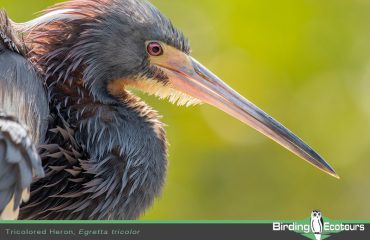 Tricolored Heron
Tricolored Heron
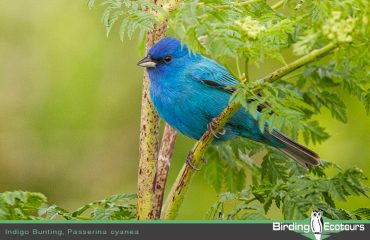 Indigo Bunting
Indigo Bunting
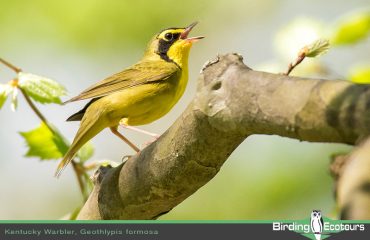 Kentucky Warbler
Kentucky Warbler
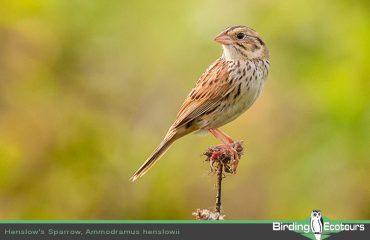 Henslow's Sparrow
Henslow's Sparrow
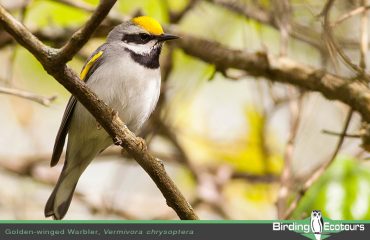 Golden-winged Warbler
Golden-winged Warbler
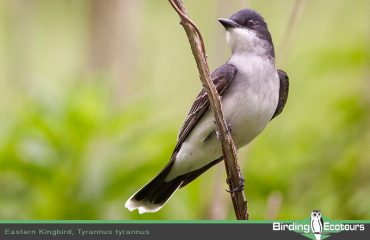 Eastern Kingbird
Eastern Kingbird
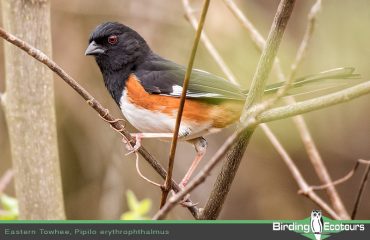 Eastern Towhee
Eastern Towhee
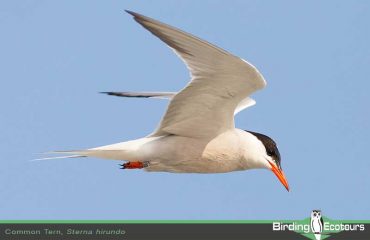 Common Tern
Common Tern
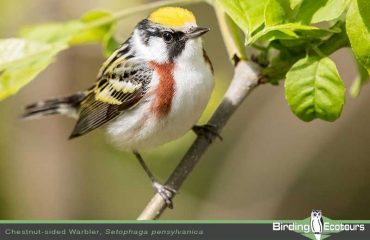 Chestnut-sided Warbler
Chestnut-sided Warbler
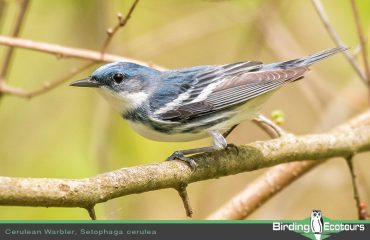 Cerulean Warbler
Cerulean Warbler
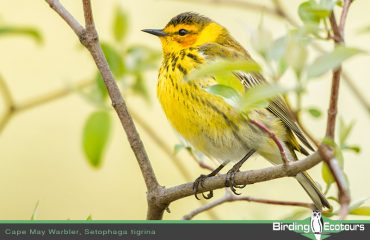 Cape May Warbler
Cape May Warbler
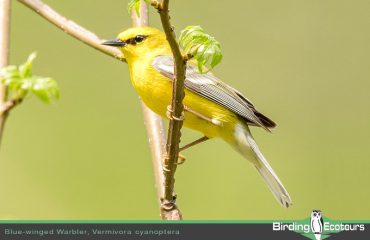 Blue-winged Warbler
Blue-winged Warbler
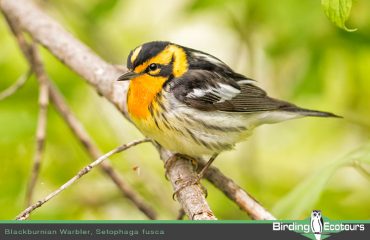 Blackburnian Warbler
Blackburnian Warbler
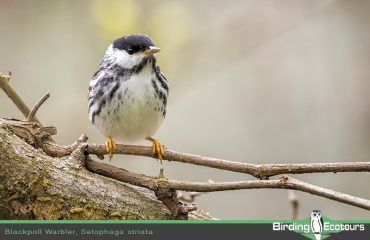 Blackpoll Warbler
Blackpoll Warbler
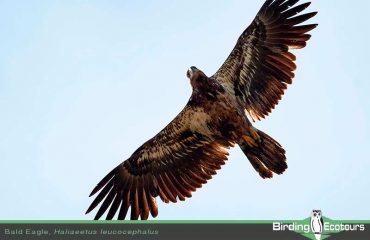 Bald Eagle
Bald Eagle
 Black-throated Blue Warbler
Black-throated Blue Warbler
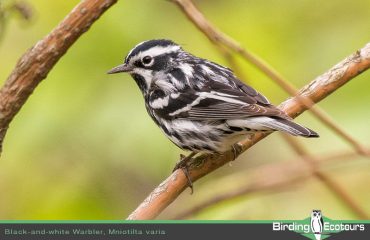 Black-and-white Warbler
Black-and-white Warbler
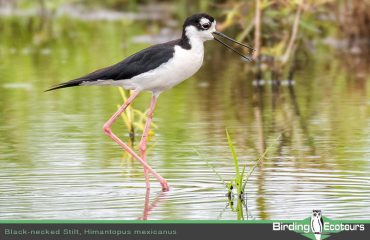 Black-necked Stilt
Black-necked Stilt
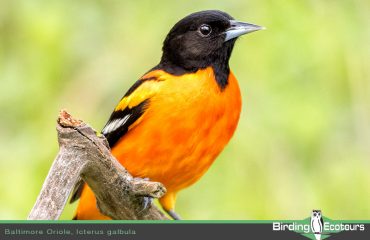 Baltimore Oriole
Baltimore Oriole
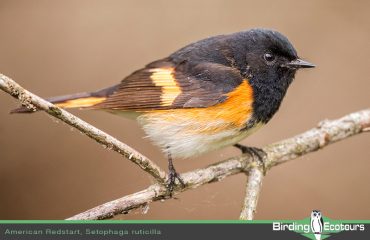 American Redstart
American Redstart